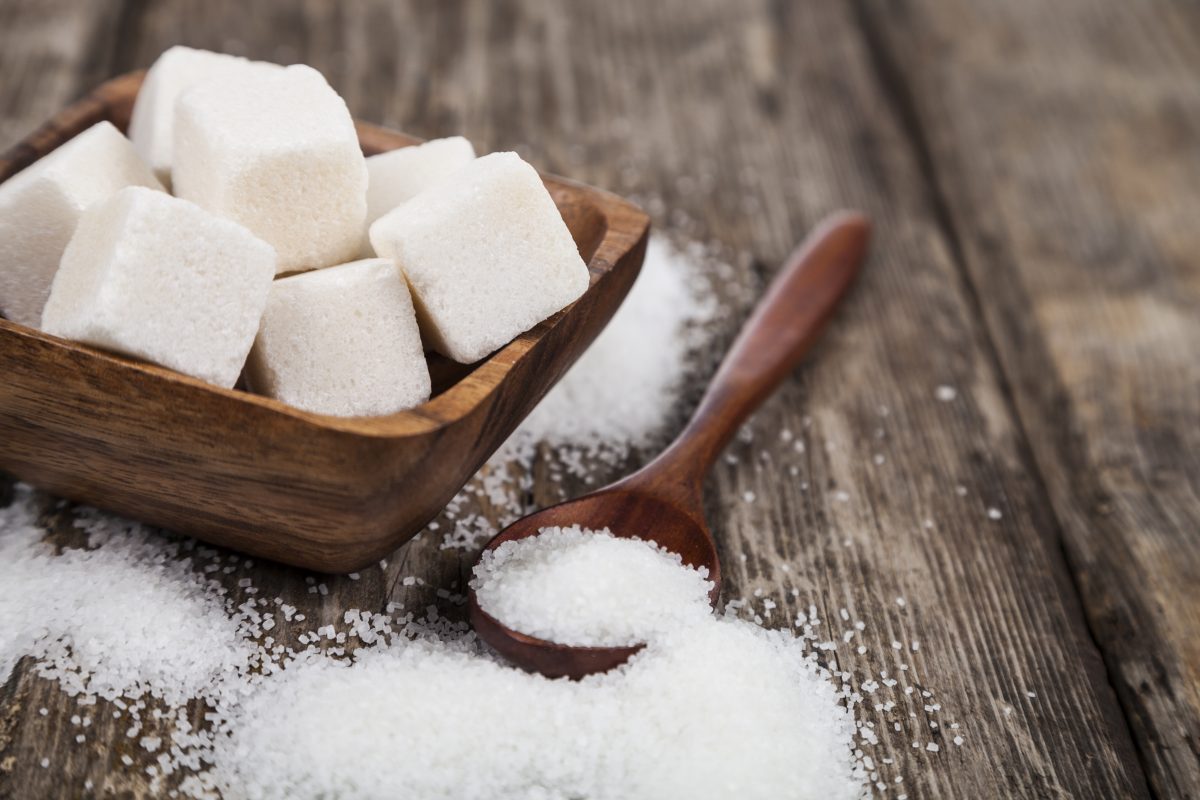Sugar from natural sources isn’t inherently bad. Like most foods, it’s fine in moderation.
But when you’re trying to manage your weight or treat a condition like diabetes or hypertension, some choices that seem healthy may not be right for you. Granola, yogurt and salad dressings all contain added sugar that can derail your efforts.
Here are 8 secretly sugary foods to look out for:
1. Granola bars
While many people consider grains and nuts to be healthy, the sugary substances commonly used to bind granola bars may not be. The best way to gauge what ingredients are used most — in granola bars or any other packaged food — is to read the ingredients, which are listed in order of predominance. So the ingredients used most are listed first, followed in descending order by those in smaller amounts.
When choosing a bar:
- Sugar and its many code words (glucose, corn syrup, etc.) should be one of the last ingredients listed
- Whole grains, nuts, dried fruit and seeds should be listed first
- Look for bars that have whole nuts and oats still intact
2. Cereal
Everyone knows sugary cereal can cause everything from weight gain to headaches to blood sugar spikes. But even cereals that appear healthy can hide sugar, so read the nutrition label.
When choosing cereal:
- Select one with 5 grams of fiber per serving and less than 8 grams of sugar
- Try a high-protein, high-fiber cereal to keep you feeling satisfied longer
- Watch the portion size, which is almost always smaller than a standard cereal bowl
3. Salad dressing
A half cup of dressing can contain up to 20 grams of sugar, especially if you like creamier varieties.
When choosing dressing:
- Look for dressings with less than 6 grams of sugar per serving
- Opt for oil- and-vinegar-based dressings such as vinaigrette
- Make a simple vinaigrette at home
- Steer clear of creamier dressings like thousand island, ranch, Caesar or French
- If you only like creamy dressings, try using half a serving of creamy dressing and half a serving of vinaigrette or
- Opt for a vinaigrette but add an avocado for healthy fat and creamy texture
4. Fruity yogurt
Yogurt is full of protein and calcium, but sweetened and fruit-added varieties can contain more than 20 grams of sugar.
When choosing yogurt:
- Pick yogurt that has less than 8 grams of sugar per serving
- Avoid fruit-flavored or sweetened yogurts
- Instead, buy plain yogurt and add fresh fruit
5. Peanut, almond and nut butters
Nut butters are a great source of protein and healthy fats, but some contain added sweeteners, especially if they’re targeted at kids.
When choosing nut butters:
- Avoid brands that contain added cane sugar or corn syrup
- Opt for natural brands made only with nuts
6. Marinades and sauces
Marinades and sauces — barbecue, teriyaki, hot wing, jerk — are often high in sugar, especially based on their portion size. The nutrition information may seem reasonable, but if it only takes into account one tablespoon and you use half a cup, your sugar intake will be off the charts.
When choosing sauces:
- Be mindful of serving sizes
- Check the ingredients for sugar, honey, agave or corn syrup. If those are one of the first few ingredients listed, the sauce probably has more sugar than you want
- Use healthy oils, herbs and citrus to add flavor to meat or veggies without adding sugar
7. Ketchup and tomato sauce
The same sugar and portion concerns that apply to sauces also apply to tomato products. For example, while there’s only 1 teaspoon of sugar in a tablespoon of ketchup, few people use just 1 tablespoon. The same is true of canned or stewed tomatoes and jarred pasta sauce, which can have up to 20 grams of sugar per serving.
When choosing tomato sauces:
- Aim for a sauce that has less than 12 grams of sugar per serving
- Add chopped fresh vegetables and herbs to boost flavor without adding sugar
- Use low-sugar canned tomatoes to make your own pasta sauce: Blend low-sugar canned tomatoes with their juices and add Italian seasoning
8. “Health foods” — no sugar added, gluten-free, low-fat and fat-free
When manufacturers remove an ingredient from a food, they have to replace it with something else, and often that something is salt, fat or sugar. For example:
- Fat-free mayonnaise has 5 grams of sugar in half a cup while the full-fat option has 0
- Gluten-free bread often has added sugar, so unless you’re treating a health issue like celiac disease, whole-grain is probably a better bet
- Even “no sugar added” products may use fruit juice from concentrate to add sweetness
When choosing so-called “health foods:”
- Select whole-grain or whole-wheat varieties of bread, pasta and cereal
- If you need to explore low-carb foods, look for options that are low in saturated fat and be mindful of the portion size, which is often smaller than you think
- Try snacking on fresh fruit, vegetables or nuts instead of packaged foods
For more low-sugar snack ideas, click here. If you’re having trouble keeping track of your sugar intake, try a nutrition-tracking app.
Get more information about specific health terms, topics and conditions to better manage your health on bcbst.com. BlueCross BlueShield of Tennessee members can access wellness-related discounts on fitness products, gym memberships, healthy eating and more through Blue365®. BCBST members can also find tools and resources to help improve health and well-being by logging into BlueAccess and going to the Managing Your Health tab.



WellTuned provides inspiration and practical advice for healthy living.
WellTuned does not offer medical advice. Any personal health questions should be addressed to your doctor.